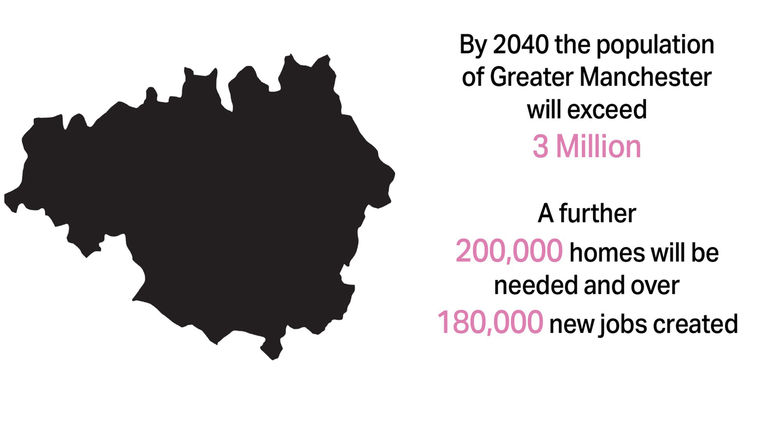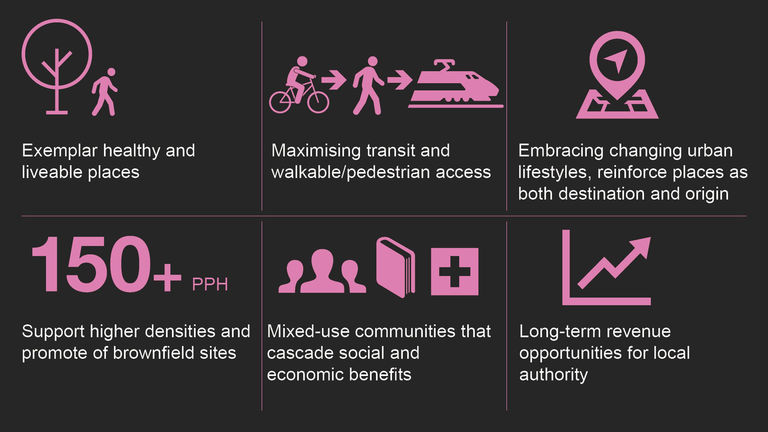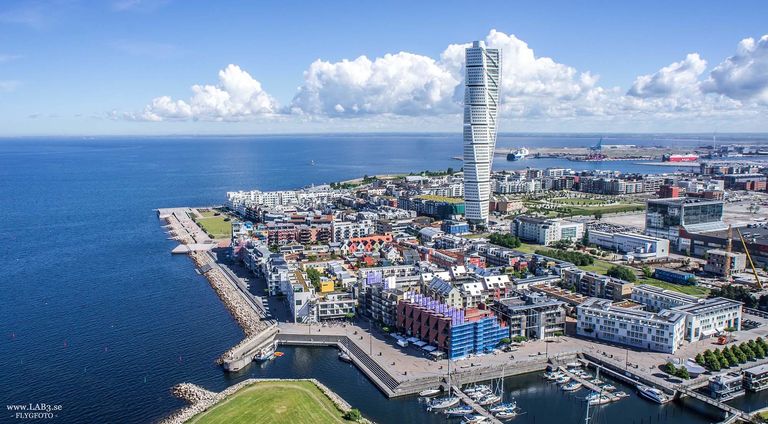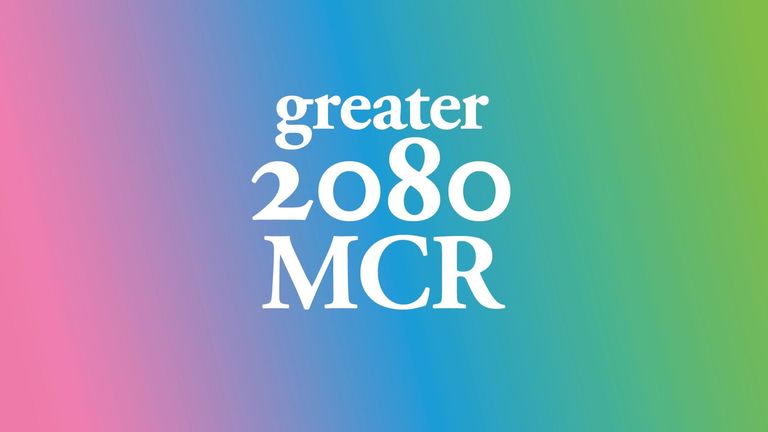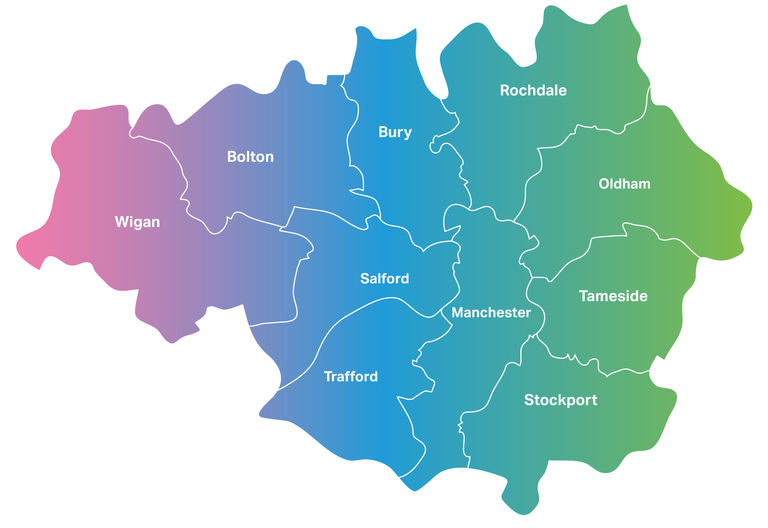However, it is still the norm for many cities and towns to default to building new low density communities on the outskirts of existing urban areas when attempting to solve their housing issues.
This is partly because density is such an emotive topic – and in many ways misunderstood. To the general public, and even those involved in the development business, increased density immediately conjures images of high rise when that is often far from the case.
Combine this with the interchangeability of gross density, net density and metropolitan density, often to suit a particular narrative, and you can understand why the density debate can lead to confusion, distrust and ultimately NIMBYism.
